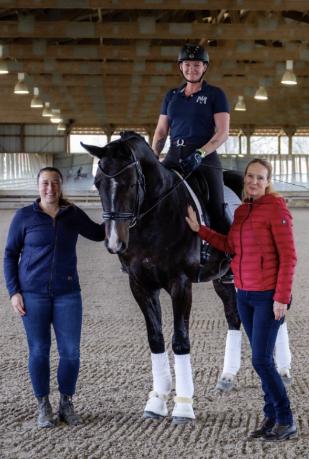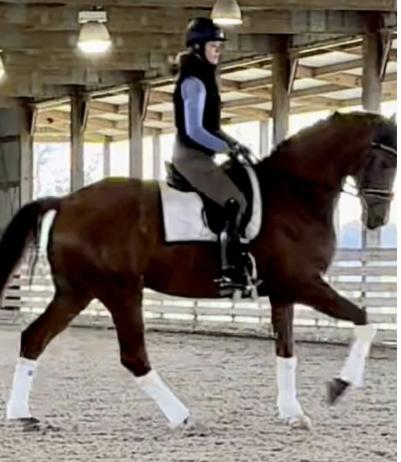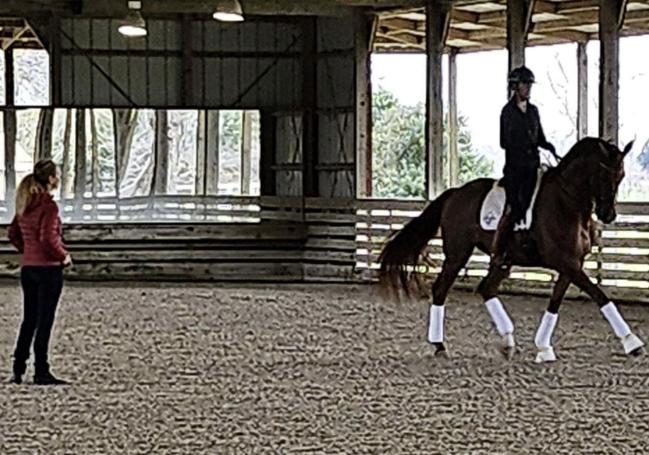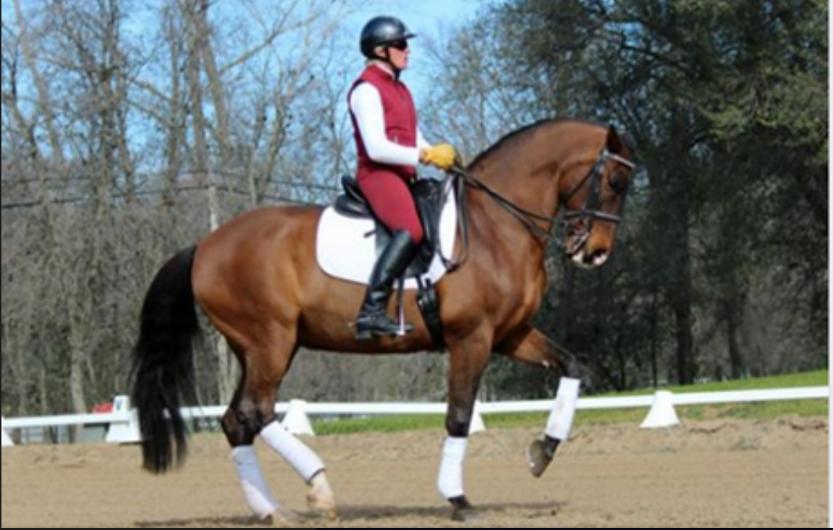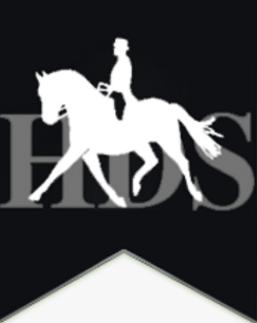Houston Dressage Society Board Meeting
Meeting Agenda
February 12, 2024
7:04 PM Call to order
7:02 p.m. Approval of previous minutes
7:03 p.m. Introduction of Noel Lewandos – interested in being historian for HDS 7:05 PM Board Reports
7:05 PM Treasurer’s Report – Terry Reconciling bank account
Taxes –doing taxes this weekend
Needs CC bill to finalize January show, have not received GSWEC bill for January show
7:10 PM Recognized Shows – Angel
CDI opens on March 1 st - Dana Speer, Realtor will sponsor Theme for CDI/Spring show will be ROCK N ROLL!
1. Championships Theme will be BRIGHT LIGHTS OF BROADWAY
2. Cocktail party on Friday
3. Charcuterie for the draw and jog on Thursday for judges/officials
4. Considering Saturday entertainment - competitors party or trainers party
5. Jena Tavormina – offer belt buckles as CDI prizes – she would sponsor the belt buckles, Ashley interested in sponsoring belt buckles, Angel needs to update prize list with FEI, prize list says coolers are prize, CDI has different classes and tours, leading athletes awards – typically the leading athletes are the ones who receive coolers, and very large ribbons (those that win their classes over the three days)
7:20 PM Special Events – Ashley
Sabine Q&A – this Friday, 16 th , 23 signed up on line, email blast went out today 2/12/24
7:30 PM Schooling Shows –Dawn Morris
Outline of schooling show chair responsibilities
Great job putting together the duties of schooling show chair
Fran Kehr postponed to her rain day from last weekend (2/10)
Sienna Stables scheduled for schooling show
7:35 PM Publications and Media – Fran and Flo
Everything is going well so far
Let them know about advertising/classified ads/articles/business card ads
At present, newsletter goes to previous members and the click rate is higher than current member count – need to start weeding out non-members from receiving publication.
Offer a one time subscription worth of ads
Non members, full price
Members get a reduced rate for big ads
Nonmembers charged for business card ads
Conrad Schumacher coming again in April – add info to newsletter/pictures in Newsletter
2
Pictures of those at show, list to 3 for each class, high point prize getting their picture snapped for newsletter
7:45 PM Juniors – suggestions?
Cate Schmidt – said she would be interested in sitting on board for Juniors, would have to join as a member, would have to register their horse
Marsha Lewis was wondering about participation with HDS, maybe Cate work with Marsha for guidance about how to participate in HDS
7:50 PM Awards – Trish
An owner has approached us about a new award idea – wants to give a significant cash award, rider/trainer of high point, needs rules/regulations for criteria for cash prize, indication is an annual award, need something concrete as to parameters, wants it to go to one team – rider/trainer/owner, not split in divisions, series over several shows, could have leaderboard for the award, ask about other groups that give awards and what their criteria are
Olva Pharo trophy – what are criteria?
Unmounted awards – for volunteers? Got ball caps this year to top volunteers. Groom awards?
Award idea - Adult amateurs who receive 8 or above receive bottle of wine? This would be in the collective remarks – must receive an 8, hoping to get wine donated, Messina Hoff – display of wine with banner, ad in the program, display in awards office, announcement at show, data mining with Susan who can poll the previous tests for collective remarks to get idea of how many bottles needed, excluded gait scores/only rider effected scores – asking Susan to data mine the rider effected remarks
Ordered ribbons for entire year, saved 10%
8:00 PM Education - Sarah
Any interest in an In hand clinic
Sabine Q&A event – 23 registered to attend, “full house” expected
Ordering hors d’ vers, offering wine, attendees can go to bar for their own food/beer if interested
Room for 40 participants
List of those attending, so we can drum up more participants
11 questions submitted for Sabine
Early summer for the Amateur camp, out of heavy show season
WV said they would host – geared to AA, but could be juniors (possibly), rider fitness, sports psychology, saddle fitter, nutrition, notable trainer/clinician
o Post in newsletter to drum up interest
o Sarah doing write up for newsletter
o What is the cost?
o If we host a USDF certified instructor/clinician we can apply for funding through USDF
8:10 PM Volunteer Coordinator - suggestions?
8:15 PM Advertising/Sponsorships – Madison
3 Minutes Cont…
8:25 PM Membership – Diane
As of today (2/12/24), 208 members, 143 AA, 39 Open, 26 Youth Scores, in order for those to count towards year end awards they need to join HDS
Tracked down rogue membership form – it is now deleted and gone
8:35 PM Unfinished Business – adding Historian to next agenda!!!
Thank you, Noel, for stepping into this roll. Noel plans to come up with history of HDS, write an historical column for the newsletter. Searching storage boxes in the locker for archival items.
9:00 PM Adjourn - Flo motioned, Angel 2 nd – adjourn 8:49-
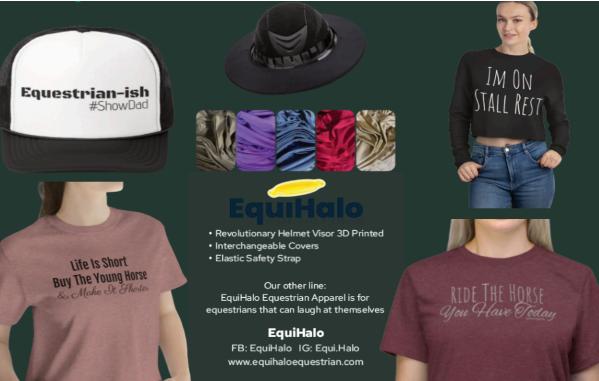


4 Minutes Cont. CDI -

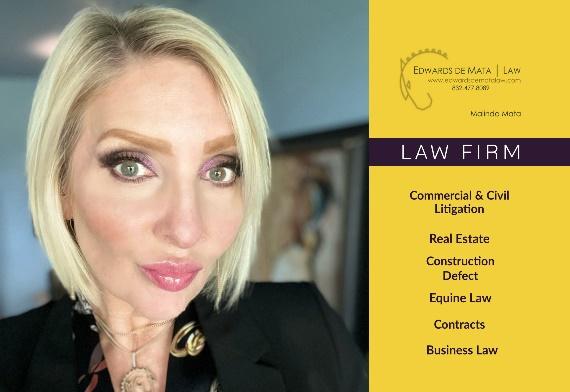
5
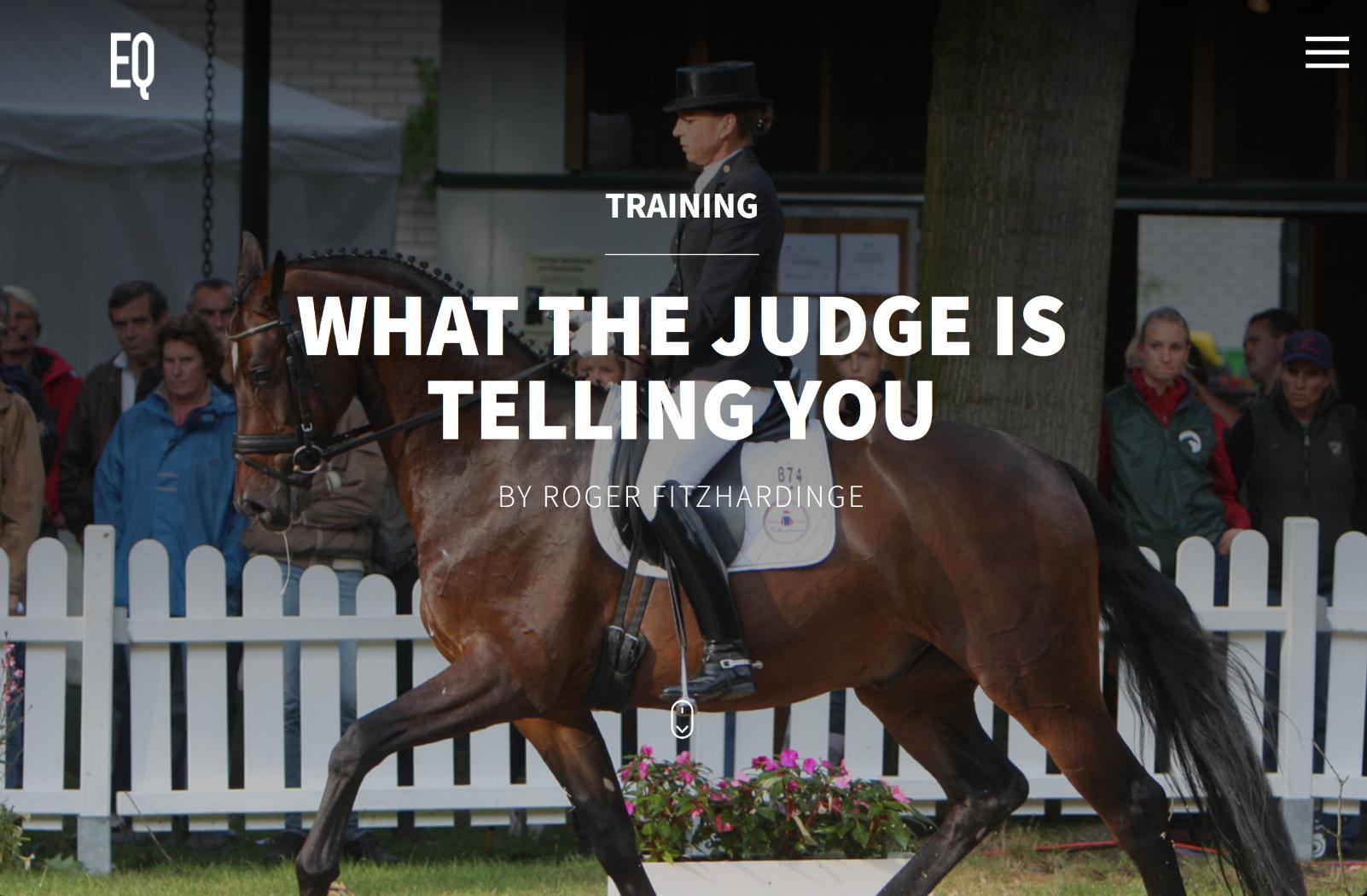
As a dressage rider it’s important to be able to decipher what judges’ comments mean. If you understand the meaning of their words, you can
6 Feature Article Reprinted with the permission & Generosity of Australia’s Premier equestrian magazine, Equestrian life Original article by Roger Fitzhardinge. Published Nov 2023, Issue 95 eqlifemag.com.au
then plan how to improve your horse and work towards those bigger marks.
The words that will be explained here are in a positive sense. Judges will normally put “more” or “needs more” or “could show more” in front of these dressage terms. At all judges’ clinics it is imperative for them to offer positive comments. That being said, some feel that by showing all the things that are wrong, it may help to provide a positive outcome for the rider. This could well be true.
What’s important to realise is that the scale of marks from 0 to 10 have words associated with them. When a judge looks at a movement and the word “good” comes to hand, then that’s an 8! It’s always good to verbalise the word rather than the number for the movement and when the verbalisation is said, then put the mark to represent this. If a judge gives 6, then with the associated comment there are 40% of marks left to make it “excellent”. So, from the comment the reason why it was not a 10 is summarised. Judges do not have enough time to write about every good and not-so-good thing for each movement, so words to describe problems and to explain what is needed for a bigger mark are important.
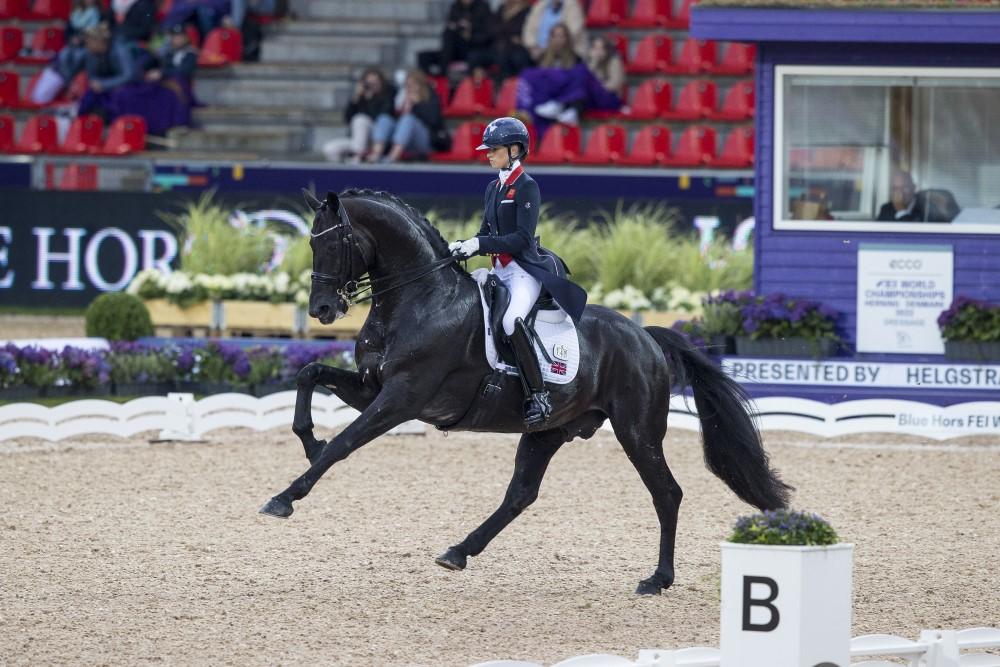
7
World Champions Charlotte Fry and Glamourdale have received marks of 10 on occasion for their extended canter.
Image by Leanjo de Koster/FEI.
“There is usually nothing to really complain about with a 7.”
Of course, the scale of marks is from 0 to 10 and then 0.5 between each whole number. So not quite good is 7.5, or a little better than sufficient is 5.5. So, it’s important to know what each mark stands for:
0 – NOT EXECUTED This mark is given very rarely and only when a movement is not executed, such as a horse trots through the entire walk movement, or a circle is forgotten. If there is a fragment of the movement performed, a higher mark is in order.
1 – VERY BAD This is a rarely used mark but is better than a zero. The movement can follow the line but is full of resistance and/or disobedience.
2 – BAD These marks are about severe resistance. If a horse stops, runs back, kicks, rears or is disobedient.
3 – FAIRLY BAD This could be given if there is fairly bad resistance, or a resistance combined with a lack of quality and/or mistakes. If there is a total lack of quality and mistakes it would also be possible to give a 3 or even a 2.
4 – INSUFFICIENT The most important thing when giving a 4 is that one thinks of the movement as “insufficient”. If in the quality area the horse loses the regularity throughout the movement, caused by stiffness or resistance rather than unsoundness. In cases of an “error of test” when an attempt at a movement has been made but is not successful, this would be appropriate. If bending is not consistent throughout the test, then the mark should be 4 or possibly 5.
5 – SUFFICIENT If the movement has been achieved, even if somewhat restricted, earthbound, lacking suppleness or impulsion, as long as regularity is clear and the figure is fairly accurate it can warrant a 5. Clearly state in your remarks why the movement is not “satisfactory”. When there is nothing wrong with the quality, such as in a rein-back where the quality is good but there were too many or too few steps back, or on the other hand if the steps back were as required but the quality was poor such as not backing straight, the mark is 5. However, if in the too few steps example the quality is poor, a 4 is appropriate, as is a 6 when quality is good. If a horse is falling in on the corners and circles on only one rein but is otherwise able to hold his balance and rhythm, a 5 may be an appropriate mark.
8
6 – SATISFACTORY This covers a multitude of sins. When the movement is basically correct but lacking in quality – not supple enough, needing more engagement and balance, or maybe the contact is inconsistent. This can also be for a high quality of movement with a small mistake or inaccuracy. For example, good collection in a circle that is “too big”. Straightness issues often result in 6s as long as the quality is otherwise good.
7 – FAIRLY GOOD There is usually nothing to really complain about with a 7. Normally everything needs a little more impulsion, suppleness, expression and/or cadence. The basic qualities are clear and show a certain amount of harmony and ease within the movement itself.
8 – GOOD There must be no basic problems. The movement has been properly executed. Maybe there was an extended trot that was worth a 9 but came down to 8 because the transition was not good enough. Usually it is the secondary part of the movement that prevents a higher mark.
9 – VERY GOOD “Goosebump material”, with most of the movement being excellent.
10 – EXCELLENT Perfect. It is something very special to give a 10, and if awarded too lightly will lose its significance.
For judges it’s so important to be brave and use the range of marks. As judges, the aim is to be as fair and clear with the marks as possible. If we see a “very good” or “excellent” movement, we should be brave enough to reward the competitor. However, if the movement is only worth a 6, then only give a 6. Judges can only mark what they see – not guess what the movement may look like from another angle. Reward the well ridden movements, and give a low mark with helpful and constructive comments to a lesser performance.
THE FRAME
Physically, the dressage term “on the bit” refers to a round silhouette with the poll the highest point, and that occurs when you ride your horse from behind, over his back, through his neck, and into your hands. (And at that point the energy can be recycled back to the hindlegs). Mentally, a horse that is on the bit is “on the aids” and anything is possible within the next step.
9

On the bit and in self-carriage. Image supplied.
“Above the bit” is where the poll may be the highest point, but the horse is resistant and uncomfortable with the topline of the neck hollow and the under-neck bulging. In this position the horse cannot use the back and has no way to collect or engage.
“Behind the bit” is where the horse will be looking very short in the neck but with no or very little contact. It is similar in attitude as a feeling when you pat a cringy animal and he doesn’t let you feel him. This is as the contact looks and feels when behind the bit! It’s a fault and not good.
“It’s about more engagement and push combined with better throughness…”
“Overbent” or “behind the vertical” is where the horse’s nose is behind the vertical and when the poll is high. This is overbent and looks like the horse’s chin is trying to touch the neck. A low neck where the poll isn’t the highest point is better described as rolled over or too deep rather than overbent.
10
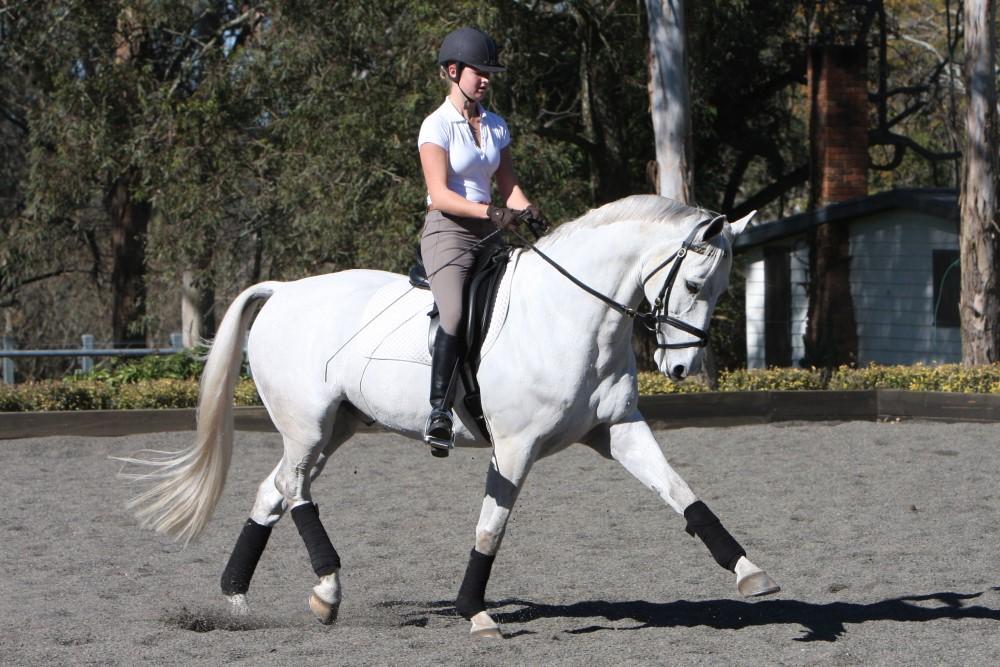
“Dropping the poll” refers to a head carriage that is too low. It is a term that often conjures up the wrong way to correct it. It means the horse is pushing down into the contact with not enough self-carriage and is associated with “on the forehand” and “not uphill”. It’s a term that riders think is simply fixed by raising the poll, but this is not the crux. It’s about more engagement and push combined with better throughness and riding the crest and shoulders up, not simply just the poll.
CONTACT COMMENTS
Contact refers to the consistent connection the rider has on the horse’s mouth through the reins and which the horse should accept at all times. Example of judges’ comments relating to contact might be “too heavy in the contact” or “too light and unsteady in the contact”.
There should be no resistance, no open mouth and no grinding of the teeth. It’s the rider’s job to make sure that the contact remains consistent and elastic, which is achieved through the rider having an independent seat and the horse accepting the rider’s leg aids to go forward. As the horse becomes submissive in his mouth to provide that soft, elastic contact, the rider should then feel a yielding to pressure of the bit. And this is achieved by a squeeze-and-
11
A lovely horse that is just a little behind the vertical at this moment in time. Image by Roger Fitzhardinge.
release action of the rider’s fingers on the reins. By achieving the correct contact, the horse should be able to find his balance under the rider, together with a steady rhythm in walk, trot and canter.
IMPROVING IMPULSION
Forward is simply the desire the horse has to move forwards over the ground. This is created and controlled by the rider and is the prerequisite to every dressage test and movement. Often “more forward” will be used in lateral work where the riders don’t allow the horse to keep forwards as the focus is on the sideways and so the movement lacks energy and purpose.
Climbing is usually referred to in the canter pirouette movement. It is when the horse loses the forward desire and stalls and appears to be semi-rearing. It can be used in extended paces when the horse doesn’t really cover the ground and appears to go more upwards than forwards.
Purpose is the desire to move of the horse’s own initiative. When a horse walks towards the stable its often more purposeful than walking away. It’s a term that could be said as “could show more purpose” or “needs to be more forward”.

12
This horse is forward, showing impulsion and engagement. Image by Roger Fitzhardinge.
You may come across the comment “needs more throughness”. Throughness means encouraging your horse to accept the aids willingly and without any tension. It is the term used to describe the energy coming from the hindquarters, working through a supple, swinging back into an accepting and elastic contact with the bit, which allows the horse to develop elasticity and cadence within the paces. One of the most important places a horse must show suppleness to be through is at the poll. Throughness shows itself in a yielding contact when the horse is happy and easy to the contact and not pushing the neck away from the impulsion and engagement. If a horse is not through it will be easily seen in any transition where the horse comes on the forehand and pushes into the bit instead of rocking back through the body to the hind legs!
“OVER THE BACK”
“Needs to be more over the back” is a phrase that a lot of judges use and it is sometimes misinterpreted. It really means that the horse needs to be more forward and pushing from the hind leg through the body and through the neck into a steady and established elastic contact.
The outline is of a strong feeling under the seat of the rider with abdominal tone pushing the back up and created through a rounded and reaching neck that is contained in the contact. It is the opposite to the term hollow, where the neck is raised, the wither and front legs heavy and the back saggy, and the stomach pushing to the ground.

13
MORE THROUGHNESS”

In the first image, the horse is not quite over the back. However, a few strides later in image two... through and over the back! Images by Roger Fitzhardinge.
STRAIGHTNESS
A horse is said to be straight when his forehand (shoulder) is in lin e with his hindquarters and he is using both hind legs equally. This then helps ensure that the horse’s weight is balanced over the front and back end of his body. It is developed by consistently working both sides of the body equally – i.e., on both reins. This is important as most horses are crooked, in that they have a strong and a weak side, much the same as we are right or left-handed. Straightness is one of the most important aspects of developing a strong, carrying dressage horse. Balance and all movements cannot be achieved without the ability to ride the horse straight and forwards.
Tilting refers to the straightness of the horse’s head when seen from the front. So, in perhaps a shoulder-in or half-pass, or on a small circle or even straight line, the horse’s head could be said to be tilting. The appearance is that when looking at the horse from the front the horse’s head is not at right angles to the ground, so he will appear to be dropping one ear downwards and the nose will be tilted to the opposite side. This is not a good trait and marks
14
will be deducted. The reasons for this come from contact issues and acceptance of the bridle. It can be a sign of the horse struggling a little with the degree of collection and the difficulty of the work before he is ready and strong enough to carry the weight enough over the hind legs.
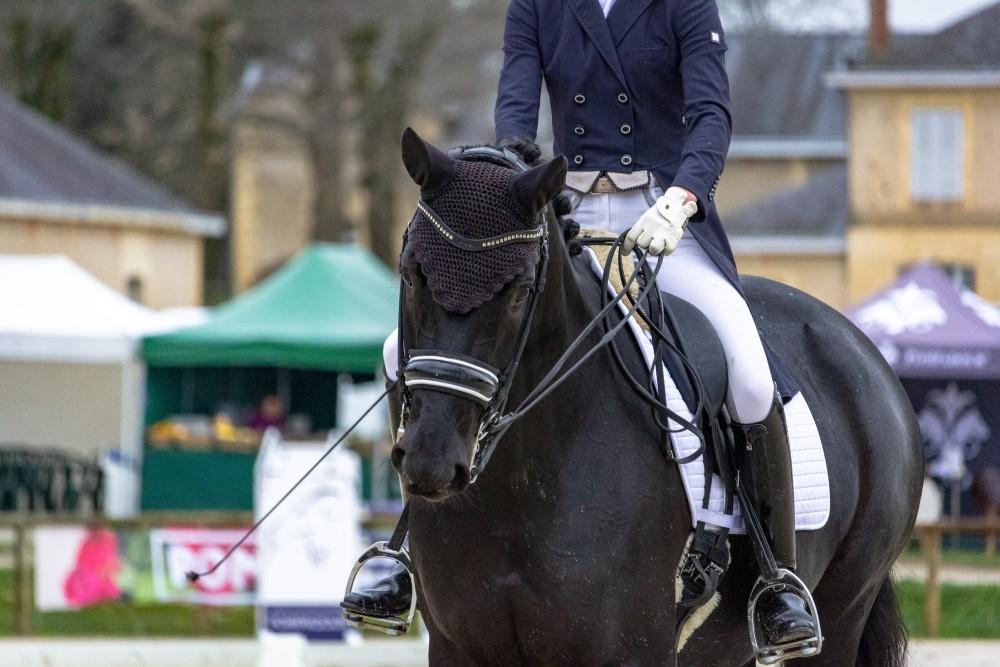
RULES OF ENGAGEMENT
Engagement is the connection between the horse’s hind legs and the rein. It is achieved by the forward movement coming from an active hind leg into a consistent, elastic rein contact. The horse should be encouraged to move forward freely, energetically and rhythmically to the rein and must not be held in an outline. To help your horse achieve engagement, he must be supple and flexible through his back, and lateral exercises should help this. Transitions are good for developing balance and self-carriage and, therefore, engagement of the hindquarters.
15
Tilting refers to the straightness of the horse’s head when seen from the front.
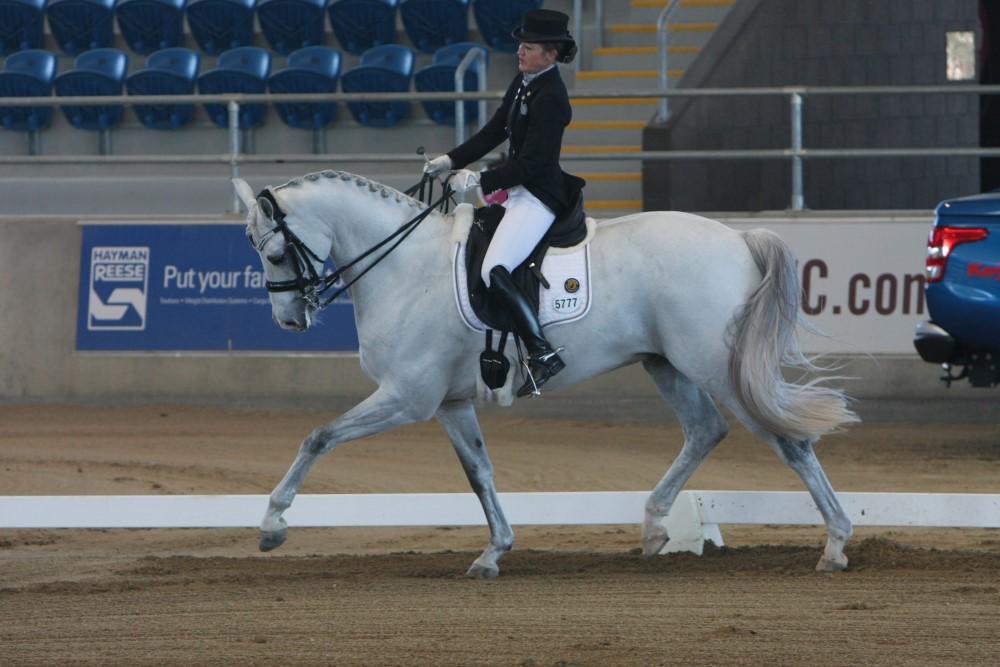
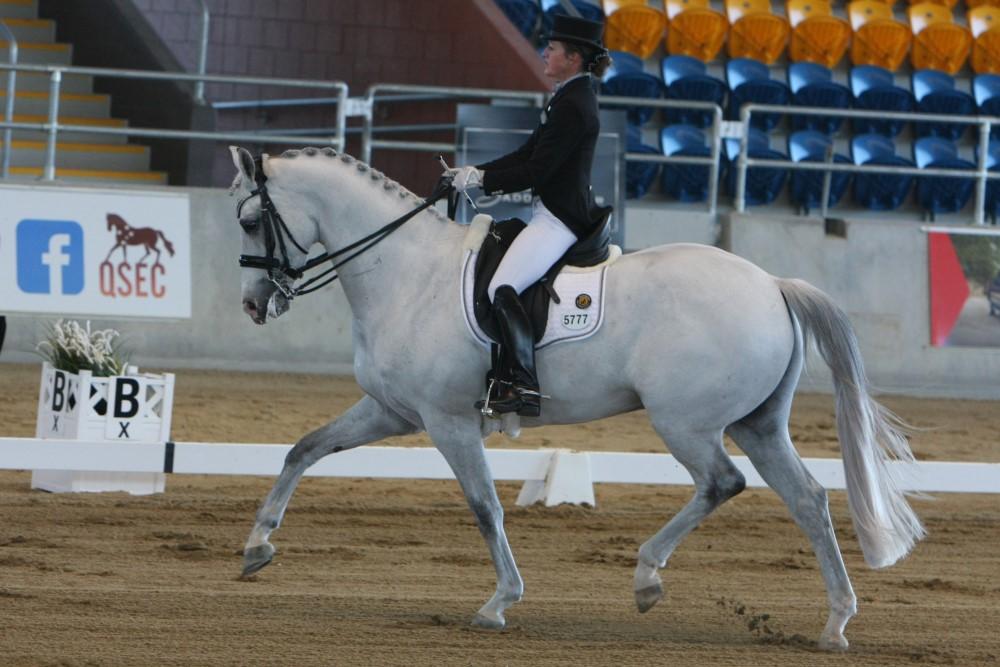
A super horse, but the comment could be ‘needs to be more uphill’ in the first image. It’s not necessarily about needing to get the poll up, but more about rocking back over the hindleg to show a more ‘shoulders up’ horse. The second image is the same horse showing better engagement, sitting, throughness… and therefore more uphill. Images by Roger Fitzhardinge.
16
“On the forehand” and “over the shoulders” are both terms that say that the horse is not engaged and carrying the hind legs under its body enough. The outline should be as a ski boat with the bow up – not like a nosedive. The horse appears to be downhill and all the weight is over the front legs and pushing its forehand down and not raising the shoulders. A horse can be on the forehand with a good high neck carriage and can be uphill with a low carried neck. It’s about the weight over the hind legs and the shoulders and front legs light and off the ground. “Needs to be more uphill” is a nice way of saying “on the forehand” and can also mean “croup high” and “not sitting”.
“Cadence is the quality that makes the paces beautiful”.
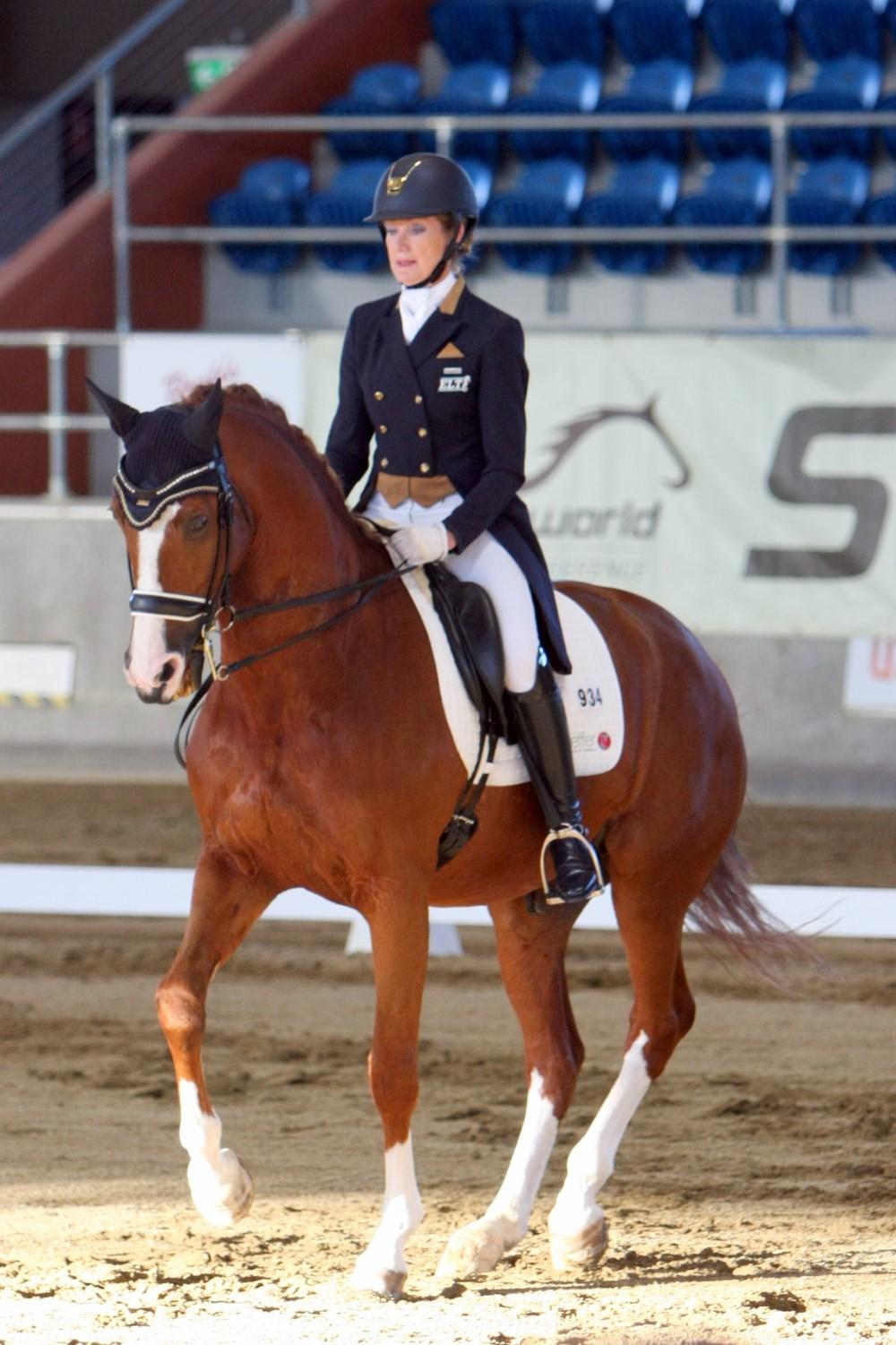
17
Sitting, uphill, engaged, balanced and showing self-carriage! Image by Roger Fitzhardinge.
Rhythm is the consistent and evenness of the steps… four-beat walk, two-beat trot and three-beat canter. So, when the comment “losing rhythm” is made, it means that the metronomic beat of the pace is wavering.
Tempo is different to rhythm; it is the speed of the steps and can be too fast as well as too slow. “A little hurried” means exactly that… hurried. In other words, the tempo becomes too quick, and the comment is often used in relation to the extended paces where the tempo of the steps becomes rapid and loses the cadence.
Cadence is the time spent in the air during the trot and canter and especially in the passage. The period of suspension is when all four feet are off the ground. So, sometimes in the trot the term “too much cadence” could be seen as the trot is becoming close to passage and the tempo is probably getting slow as well. On the other hand, “more cadence” would mean that the trot is flat and probably the tempo too quick, so the period of suspension is dampened. Cadence is the quality that makes the paces beautiful.
“NOT ENOUGH OVERTRACK”
Overtrack is important in the walk and the trot; the collected, medium and extended walk and trot require varying degrees of overtrack. The overtrack is the distance the hind foot falls in front of the front hoof and can be seen by the hoof print or by watching as the back foot gets to the front foot. The overtrack is an essential part to fill the criteria of the pace and an associated comment might be “not enough overtrack”. However, it is at times overlooked in some horses!
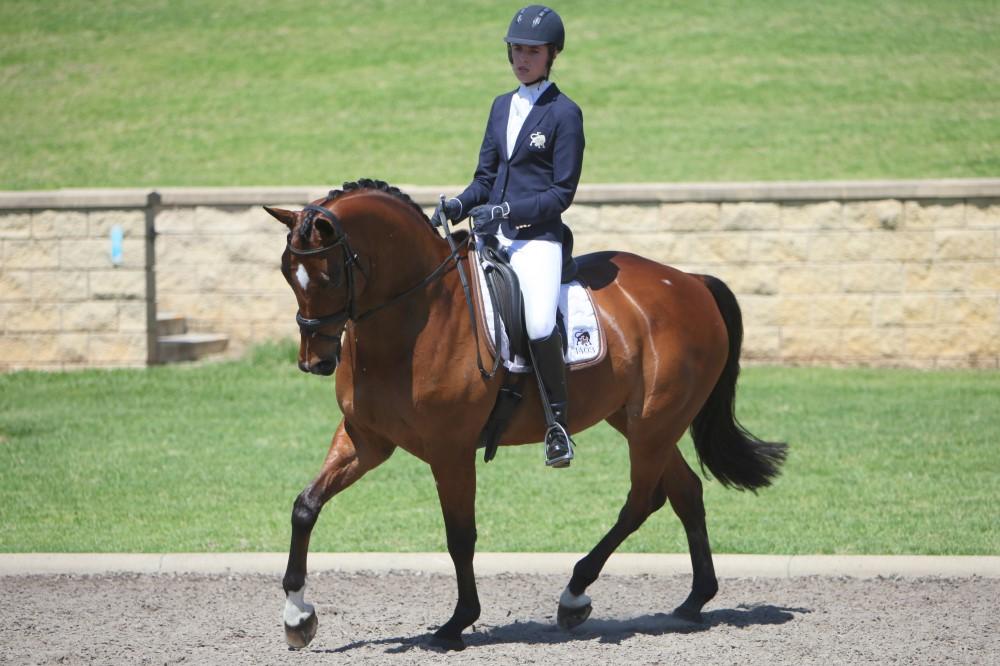
Showing an elastic contact with self-carriage; swing, suppleness, engagement and throughness; and harmony and ease. This is everything you need to see in a dressage horse, and it makes you smile. Image by Roger Fitzhardinge.
18 UNDERSTANDING RHYTHM, TEMPO & CADENCE
There is much that can be learnt from judges’ comments. Gaining an understanding of the language used on your dressage test sheet can help to ascertain what improvement is needed – both in the execution of a movement and as part of the overall picture – to begin working towards that elusive “excellent” mark of 10! EQ
YOU MIGHT ALSO LIKE TO READ:
Simple Change is Never Simple – Equestrian Life, November 2023
• Share this:

• twitter.com/equestrian_life
• facebook.com/EquestrianLifeAustralia
• instagram.com/equestrianlifeaustr
19
Woodlands Equestrian Club (WEC)
Proud member of the Houston Dressage community
Nestled amidst the forests of the master-planned community of The Woodlands (North of Houston), Woodlands Equestrian Club (WEC) and Marta Renilla stand as a beacon of excellence in the Dressage world. With a history dating back 14 years, our barn has become synonymous with top-tier training, Dressage horses´ showcase and exceptional care for horses and Dressage enthusiasts in Southern US.
Our full and part-time training packages for boarders and haul in students, cater to riders from beginner to FEI levels. In
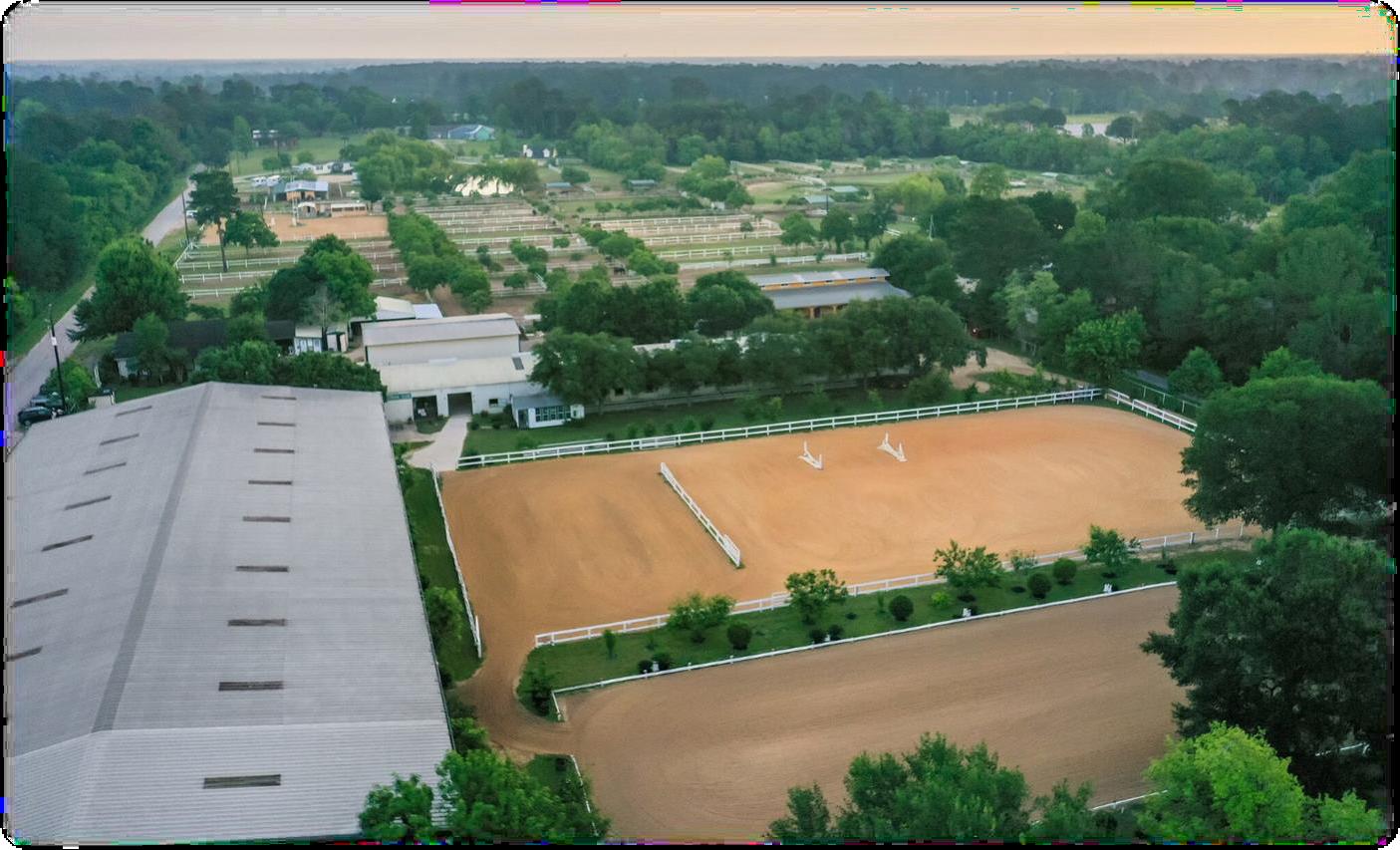
addition, we offer a thriving riding school for Dressage, hunter/jumper students, and are proud to provide continuing education through clinics by Marta and other accomplished coaches like Conrad Schumacher.

Our services encompass competing and coaching at Dressage recognized shows at all levels.
Our www.EuropeanDressageHorses.com website offers training and sales brokerage through our large network.
The knowledgeable and dedicated management team, led by Marta, her sister and father, brings over 30 years of experience managing equestrian facilities for competitive show horses and sales. With the welcoming atmosphere of a small family run business, WEC operates thanks
22
to a full-time team of accomplished group of wonderful trainers, working students, a facility manager, and a group of groomers who live on-site to guarantee 24/7 care and service to clients and their horses.
We also believe that wonderful facilities are the cornerstone of success for our horses. Our well-maintained paddocks, pathways and stables offer a safe and comfortable home for our equine residents. Moreover, our multiple and spacious arenas offer an ideal environment for riders to refine their skills under the expert guidance of our trainers.

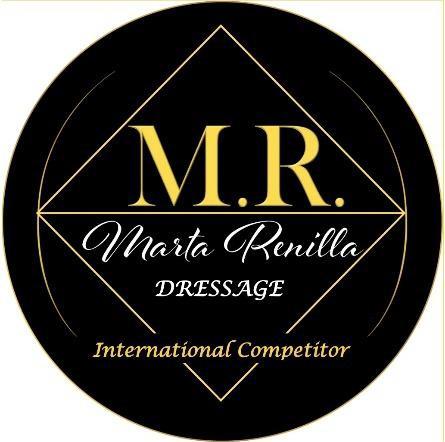

But first things first. How did it all begin?
Our Legacy is founded on the principles of our Head trainer Marta Renilla´s passion, natural talent and dedication for Dressage.
Marta Renilla is WEC´s Head trainer. She is an International Grand Prix trainer and USDF Gold, Silver & Bronze Medalist with distinction. Originally from Spain, she is one of the top up-and-coming dressage riders in the southern US. Marta has an impressive track record, including 4 European Championships, 3 Nation Cups in Wellington, FL, multiple CDIs for the past 16 years, and U.S. Dressage Festival of Champions in Illinois. She participates annually at the Dressage US Finals and has produced and self-trained more than 30 FEI horses and multiple Grand Prix horses, becoming champion in national and international levels. Known as a wonderful teacher and a horse whisperer, Marta has coached several students to FEI levels, guiding them to achieve their USDF Gold, Silver and Bronze medals.

Marta's innate methodology comes from her childhood experiences at a barn in Madrid, where she shared her passion for horses with her late mother Isabel Delgado. Her competitive career began at age 8, when she excelled in Show Jumping and Eventing.
23
She transitioned to Dressage as an early teen and started training with Swedish trainer Lena Ortendahl; coach of the Spanish Team Jan Bemelmans; Bill Noble, Brigitte Van Der Hagen, Jennie Loriston, Yvonne Visser...
Marta started to compete in the US in 2006. She and her family founded WEC in 2010 in memory of her mom. She currently lives by WEC with her beloved husband Anartz Chanca, a Grand Prix AA competitor, and their 3 sons.


In the Riding School´s management, WEC is fortunate to have E lena Lemm on board. Elena is a lifetime horse enthusiast with over 30 years of experience in riding, teaching, and horse artistry. She employs natural horsemanship techniques to

enrich the experience for both horse and rider. Additionally, her local initiatives, schooling shows, workshops and camps are flourishing among The Woodlands residents.
For more information About our Head trainer Marta, visit: www.MartaRenilla.com
Our barn’s website:
www.WoodlandsEquestrianClub.com
Our Riding School:
www.WoodlandsRidingLessons.com
Our Dressage Horses for sale:
www.EuropeanDressageHorses.com
Board for retired horses 5 min. drive from WEC:
www.woodlandshorseboarding.com/pastureabuo ak
24
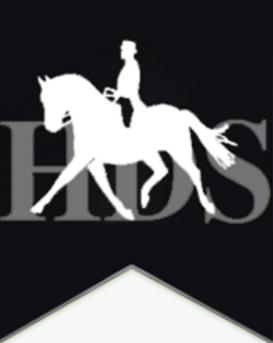 Editor Fran Kehr franwkf@gmail.com
Editor Fran Kehr franwkf@gmail.com



































